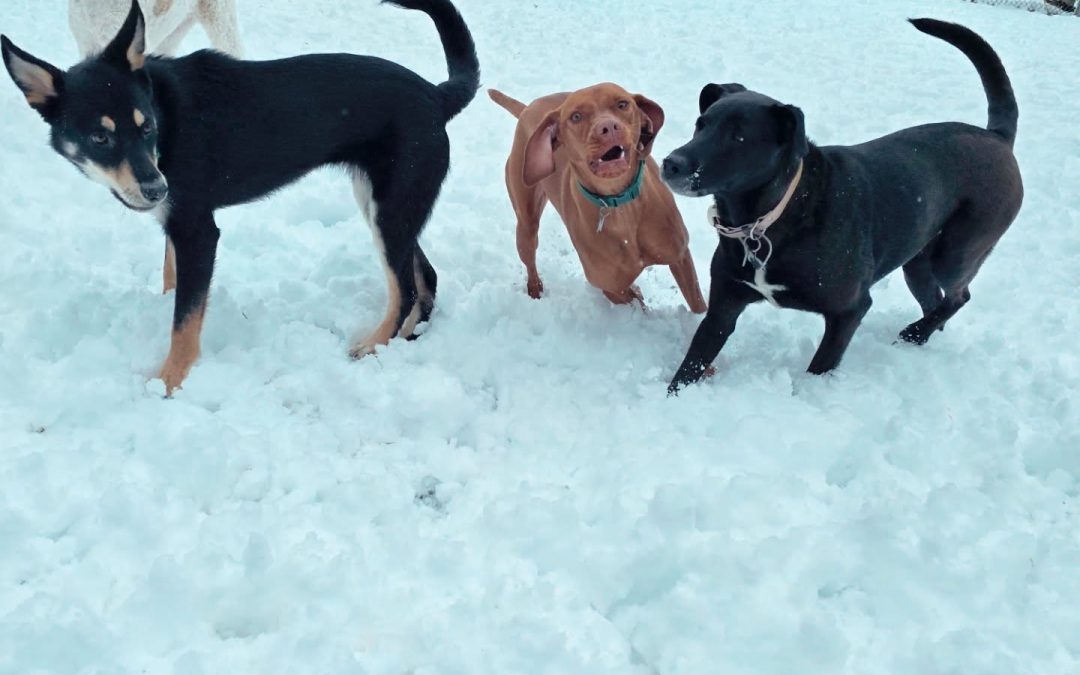Bringing a new puppy home is an exciting time filled with joy and laughter. However, alongside the fun comes the essential task of puppy training, particularly potty training. Establishing positive habits from the start is crucial for a well-behaved dog. Here’s a guide on how to set your pup up for success with potty training.
Understanding Puppy Training Basics
Before diving into potty training, it’s essential to grasp the fundamentals of puppy training. Puppies, like babies, have limited control over their bladders and bowels. Understanding this will help you approach training with patience and empathy. Puppy training aims to teach your dog where and when to relieve themselves. Traditional methods involve crate training, scheduled potty breaks, and positive reinforcement.
Setting a Routine
One of the most effective strategies in puppy training is establishing a consistent routine. Puppies thrive on predictability, so set regular feeding times to help regulate their bathroom needs. Take your puppy outside first thing in the morning, after meals, after playtime, and just before bedtime. By taking them out frequently, you decrease the likelihood of accidents indoors and download a schedule that their little bodies will learn to anticipate.
Choosing the Right Location
When you take your puppy outside for potty training, choose a specific spot in your yard. This familiar location will help your dog associate that area with bathroom breaks. Words of encouragement like “go potty” can also aid the learning process. Over time, your puppy will begin to recognize that it’s time to relieve itself when you go to this designated spot.
Positive Reinforcement
Positive reinforcement is a cornerstone of practical puppy training. Whenever your puppy successfully goes potty outside, shower them with praise, treats, and affection. This positive association encourages them to repeat the behavior. Remember, patience is key. If your puppy has an accident indoors, gently redirect them outside without scolding. Thoroughly cleaning any messes will help eliminate lingering odors that might attract them back to the same area.
Using Crate Training
Crate training is an effective tool for potty training puppies. Dogs naturally avoid soiling their sleeping area, so an appropriately sized crate can help your puppy learn to hold it. Start by making the crate a comfortable and safe space with bedding and toys. Gradually increase your puppy’s time in the crate, ensuring regular potty breaks to avoid accidents.
Signs Your Puppy Needs to Go
Part of successful puppy training is learning to recognize when your puppy needs to go outside. Common signs include sniffing the ground, circling, whining, or heading towards the door. When you notice these behaviors, immediately take them outside. The quicker you respond, the more likely your puppy will connect the dots between the urge and going outside.
Consistency is Key
Consistency is crucial in puppy training. Everyone in your household should be on the same page regarding the training routine and commands used. Mixed signals can confuse your puppy and hinder its progress. Regularly reevaluate your approach and make adjustments as necessary to meet your pup’s changing needs.
Puppy training, especially potty training, lays the groundwork for a harmonious life with your furry friend. Establishing a routine, using positive reinforcement, and maintaining consistency can help your puppy learn the necessary skills to become a well-adjusted adult dog. Remember, every pup is different, so patience and empathy will go a long way in setting your new best friend up for success. You and your puppy can enjoy a fulfilling bond for years with the right resources and a commitment to training.
K-9 Divine Puppy Training
Do you have a new puppy and need some training guidance? K-9 Divine can help. Located in Southern Maryland, we have trained many local area dogs from neighboring cities, like Waldorf, MD, and the greater DC area. Our trainers can help you set up a routine and answer questions when you run into glitches.
Contact us today at 202-769-5359 or get started now online with our boarding / daycare agreement.
